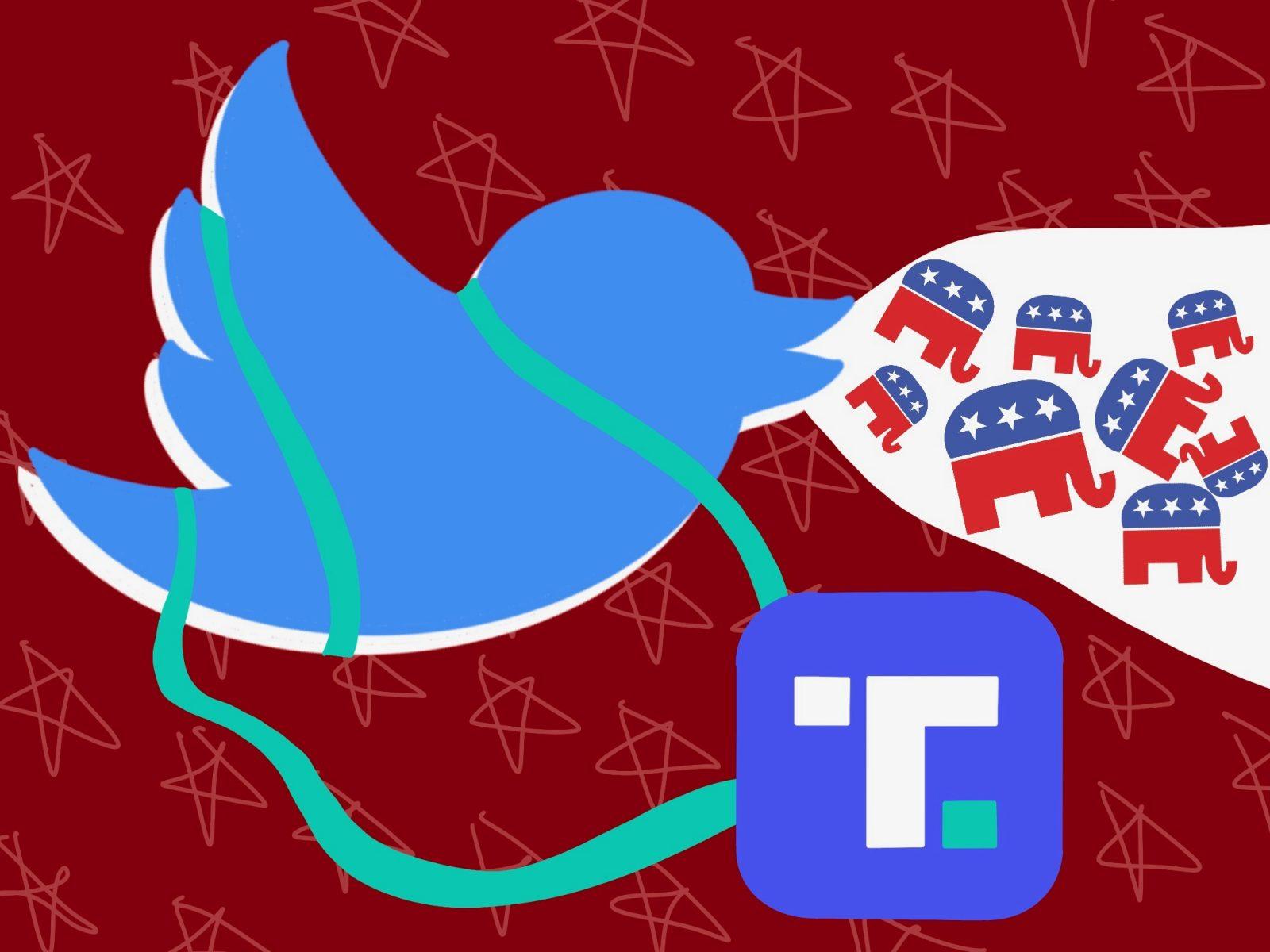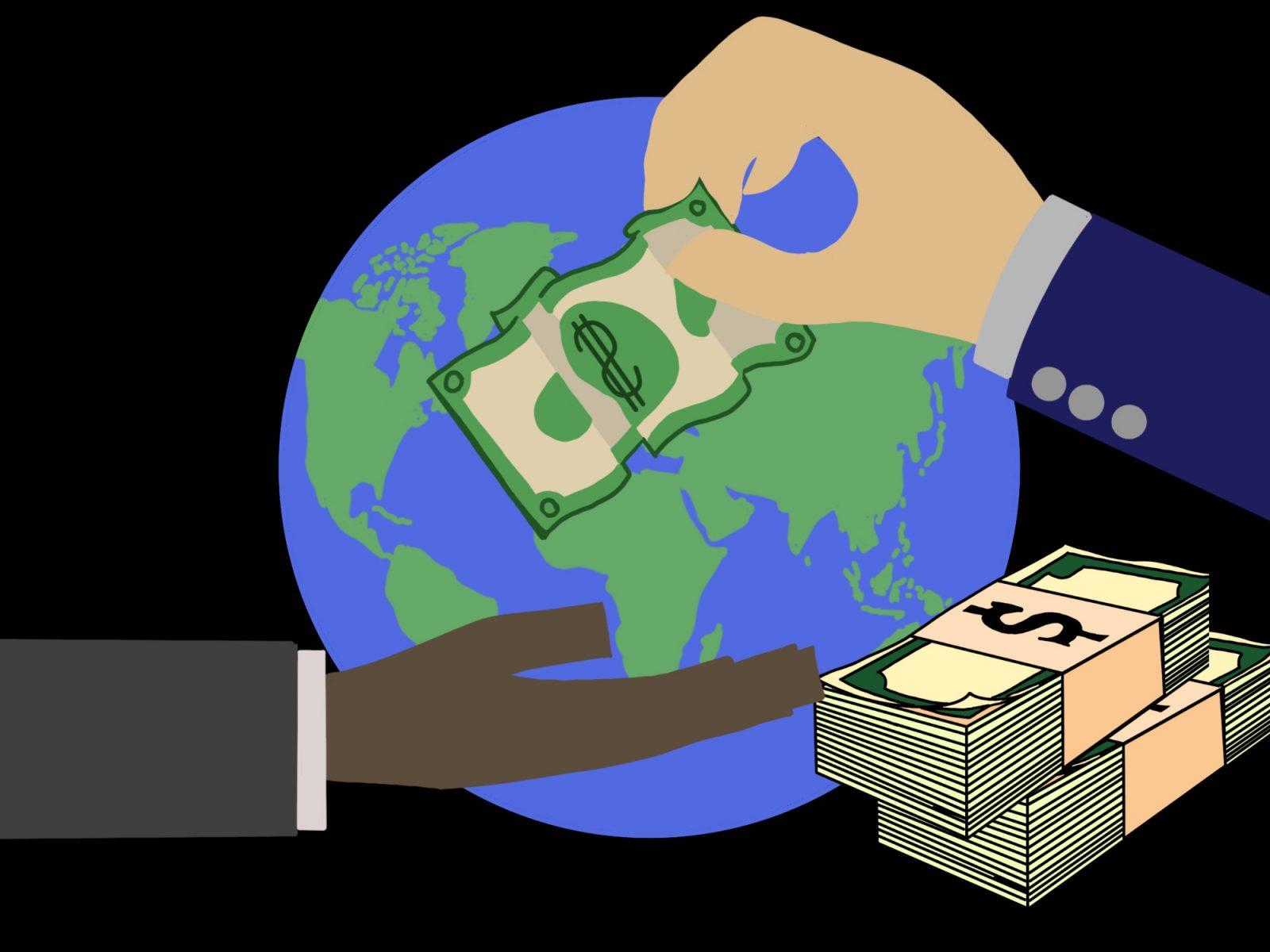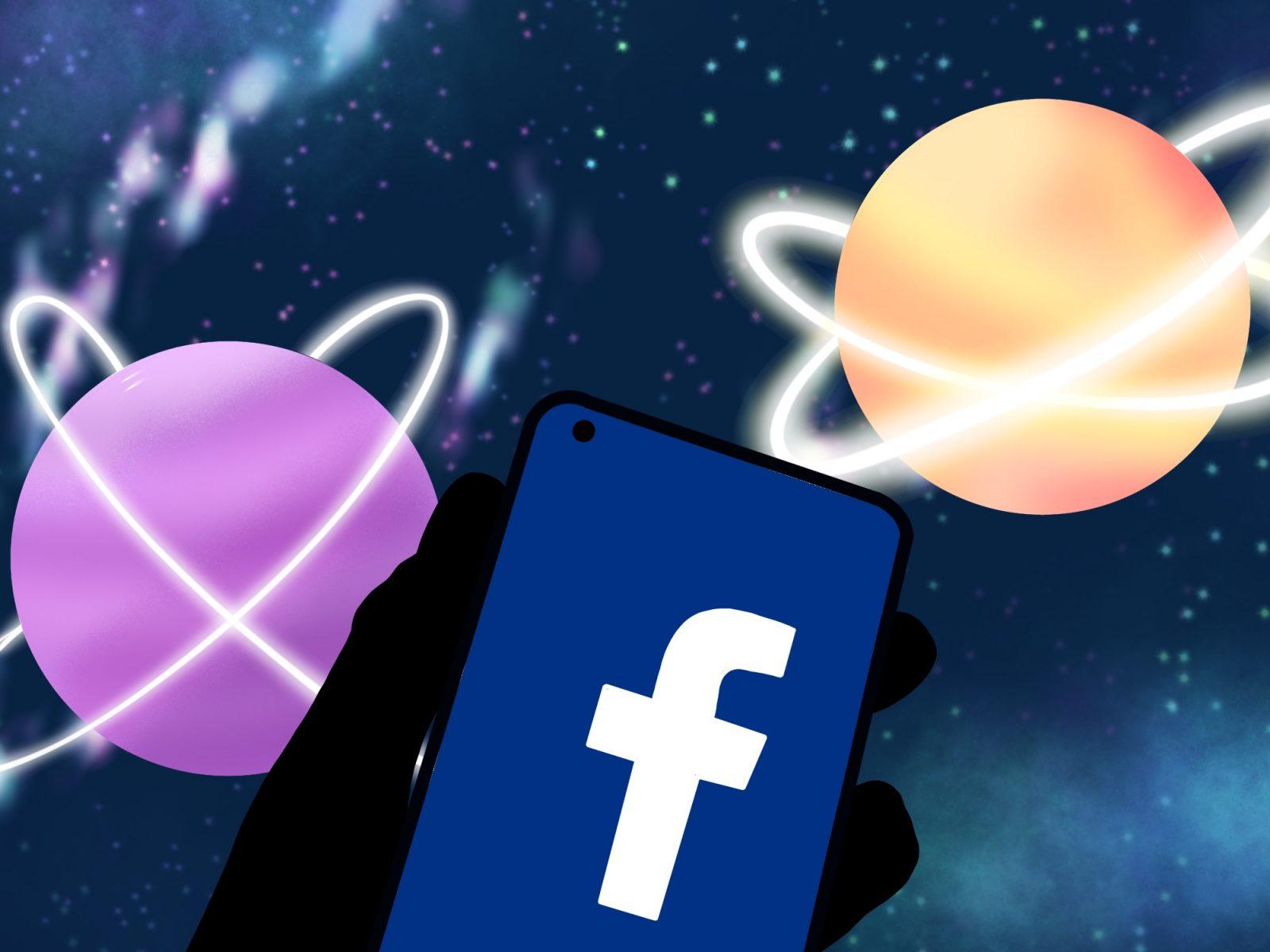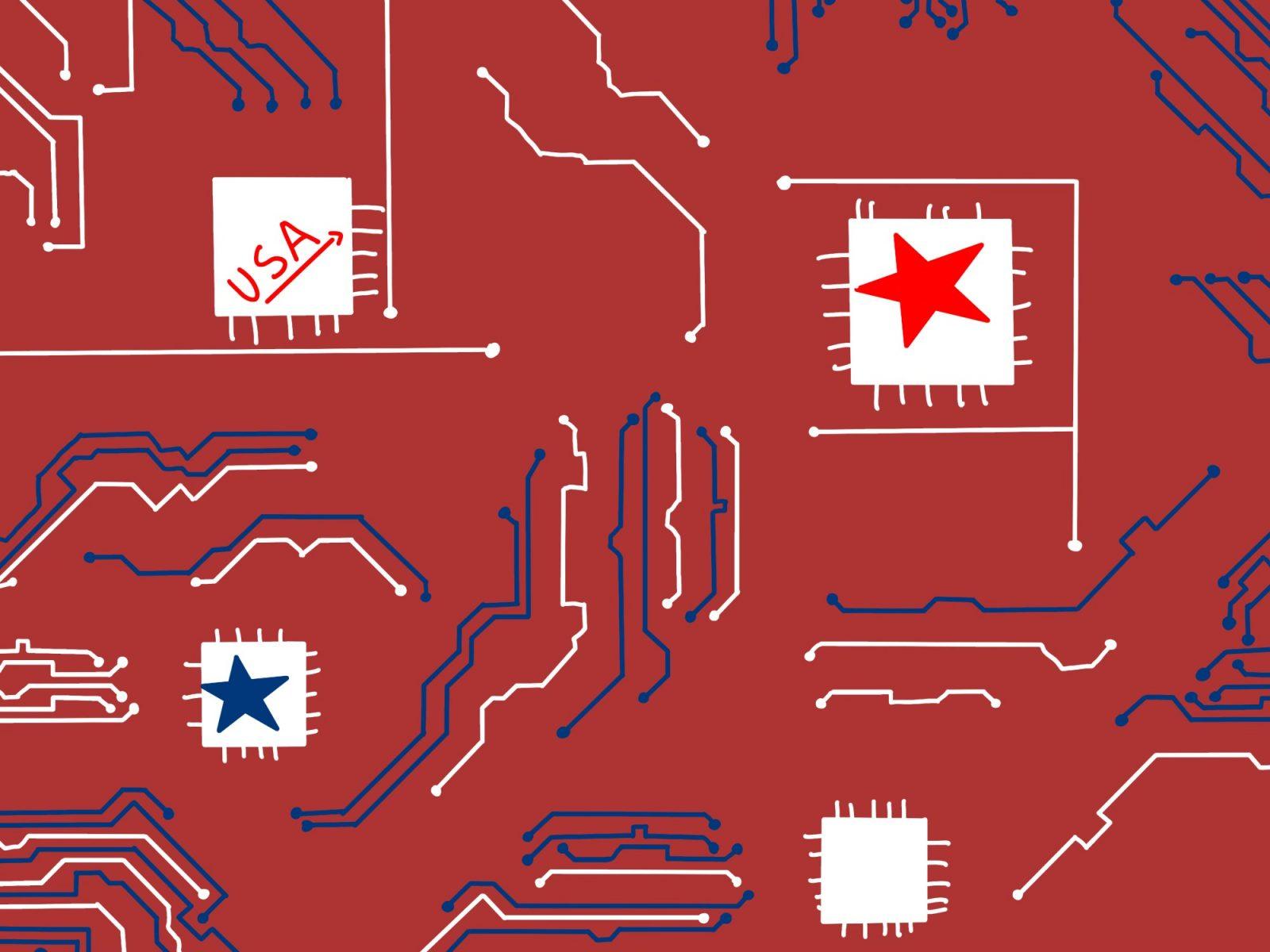You’ve heard the word time and time again. Electronics companies making anything — from laptops and phones, to even smart home tech — are all seeking to make their own “ecosystem.”
The most prominent example can be found in the “walled garden” of Apple.
Apple brings you in with their phone: sleeker and more user friendly than any of the other phones on the market — perhaps they’ll employ a little peer pressure too.
After you have an iPhone, why get any other laptop? Apple not only outperforms the competition in all price brackets, but gives you some sweet, convenient integration between your phone and your laptop. Then, you begin to ask, why use an alternative smart watch when an Apple Watch pairs so easily with an iPhone? If you’ve got an iPhone, a MacBook and an Apple Watch, then why not get an iPad too?
The elusive “ecosystem” is chased by every tech company and is a product of a larger problem — monopolization in the tech industry.
You’ve probably seen the Intel name plastered all over laptops for the last decade. At their highest point, Intel held 82.5% of the Central Processing Unit (CPU) market. Almost everyone, from Apple and Dell to all sorts of manufacturers, used Intel chips in their computers.
In the discrete Graphics Processing Unit, or GPU, market, NVIDIA has done much the same, holding 81.9% of the market at its peak.
In both of these extremely noncompetitive industries, we’ve seen long periods of slow or no progress at all, with Intel sticking with a measly 4-core architecture in their mainstream CPUs for almost a decade despite technology enabling much higher core-counts for a large part of that decade.

For NVIDIA, that period of capitalization on a noncompetitive market is starting now, with prices for their newest line of GPUs rising by as much as 71% compared to the previous generation of their product. The choice falls between weaker price-performance, or more performance at the cost of potentially burning your house down due to bad optimization.
In other industries, monopolies have proven to be the bane of the consumer. Around 25% of American households only have access to one internet service provider, which contributes to just how slow internet speed progress has been for America in the last decade, with average speeds being around 47% slower than my home country, South Korea.
For years, Netflix was the sole good provider of streaming services, with most customers having to just stomach price increases as they happened or risk falling behind on the latest trending Netflix show.
In the case of Netflix, there are now tens of alternatives like Showtime, HBO Max, Hulu or any of the studio-created ones like Disney+. Netflix still holds the “lion’s share” of the market, but it no longer holds a majority of the market with other streaming services hot on its trail.
However, most of these tech company examples all have one thing in common: they all either eventually lose the throne or improve their product so much that they fully deserve the throne.
In 2021, for a brief moment, AMD overtook Intel as the top desktop CPU manufacturer, with the two fighting at 50% market share for three quarters of the year. The two are now sitting at around 40% and 60% respectively, which is much more competitive than it had been previously.
In Apple’s case, faced with a growing Android user base, they began producing their own processors for their devices. This vastly improved the efficiency of how their phones interact with their chips to provide more performance than any of Apple’s peers could dole out. They did much the same with their laptops, choosing to build out an ARM-based architecture system rather than the slower, less efficient x86 Intel-based architecture they used to use.
In NVIDIA’s case, their share of the market is currently dropping, though it still holds onto 80% of the market. Intel has announced plans to enter the discrete GPU market, and AMD, with around 20% of the market, has pushed out competitive product after competitive product.
In the fast-moving world of technology, perhaps monopolies are simply part of growing pains.
In the field of economics, experts look at the examples of the “Asian Tigers” as models for growth in modern economies. These economies, which went through rapid growth at unforeseen speeds, were led by strong, dictatorial leaders, especially in South Korea.
A monopoly with strong control of an entire industry has the potential to not only push huge amounts of progress quickly, but also eventually force competitors to either push the monopolizing company forward or punish it for complacent behavior.
Monopolies can be good for technological progress and for the consumer. Perhaps we shouldn’t vilify them as much as we do.


























































































































